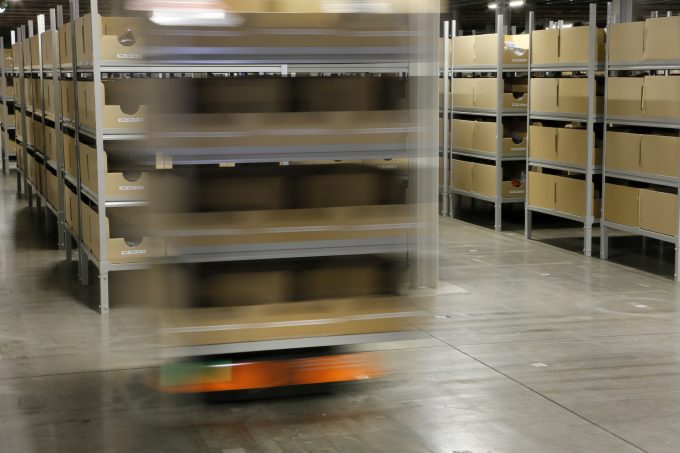GXO Wincanton deal could see supermarkets funded to invest in new 3PL
UK supermarkets could be given funding to invest in a 3PL as part of the ...

UK chancellor Rishi Sunak’s Budget announcement of a capital allowance ‘super-deduction’ could be a game-changer for many warehouse owners and operators.
The super-deduction, which will apply for two years, allows firms to claim 130% of their expenditure on approved plant and machinery against their tax liability.
There is no list of qualifying expenditure, but just about any equipment that one might install in a warehouse or distribution centre appears to be covered and, importantly, ancillary expenditure, such as building alterations and electrical ...
MSC Elsa 3 sinking – now the 'blame game' begins
Crew saved as MSC box ship, hit by 'monsoon' off Indian coast, sinks
After DSV 'cuts the cake' on Schenker acquisition, time for redundancies?
New services and reinstated blanked sailings boost transpacific capacity
Congestion fear as US west coast ports brace for transpacific cargo surge
$2.1bn E2open purchase will 'catapult WiseTech into a different dimension'
Houthis claim Red Sea safe for box ships not calling at port of Haifa
Bad news for shippers as wave of transpacific rate increases continues
Shippers hold their breath as Trump appeals court ruling that tariffs are illegal
US importers stockpiling goods to avert autumn shortages amid tariff chaos
Shippers brace for rate rise as smart phones expected to drive air cargo market
DHL expands agreement with Shopify – where does that leave Flexport?

Comment on this article